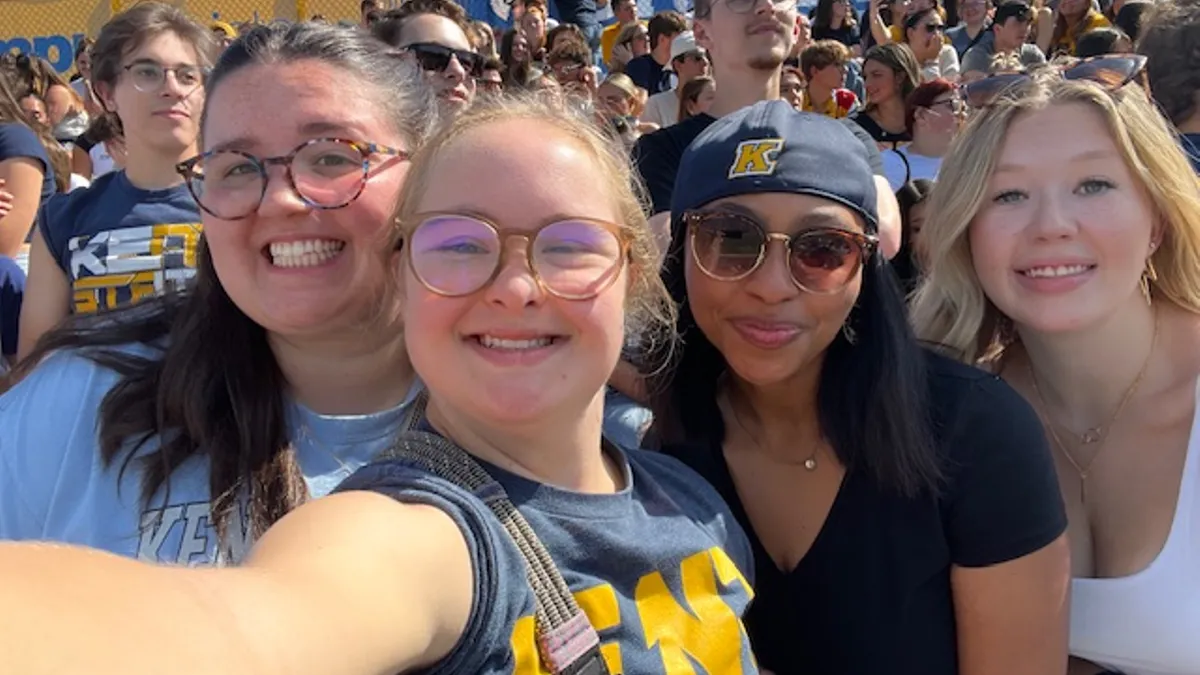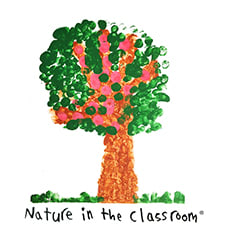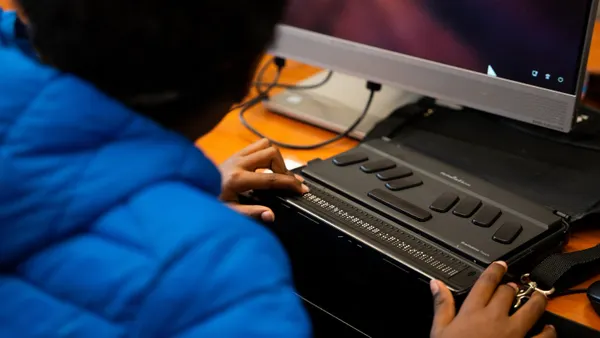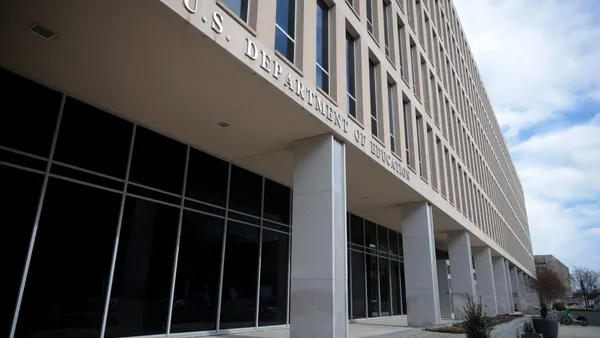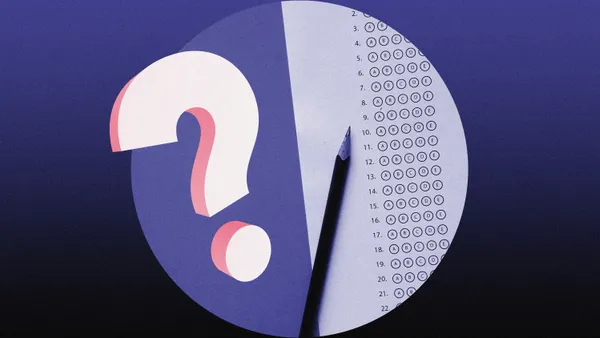Dive Brief:
- Teachers don’t want the give-and-take of the classroom to be limited to themselves and the relative handful of students most apt to volunteer their thoughts, but the time-honored technique of cold-calling on students — to draw quieter students into the dialogue or catch somebody who’s “napping” — can create more anxiety than engagement, teacher educators say.
- To ensure that cold-calling works in a constructive manner, and to create an equitable and safe environment for discourse more generally, educators need to cultivate a warm classroom culture in which it’s clear students aren’t being put on the spot and don’t need to have a ready answer for a given question, said Victor Pereira, co-chair of the Teaching and Teacher Leadership Program at Harvard Graduate School of Education.
- Adolescent and child psychology has established that getting asked a question in a high-stakes environment can trigger a stress response, said Denise Clark Pope, senior lecturer at the Stanford University Graduate School of Education.
Dive Insight:
“When that happens, particularly with young people, sometimes they can experience going blank,” Pope said. “It can be embarrassing. They’re worried about what their peers are going to think, in addition to adults.”
Educators should consider a mix of methods in determining how to draw in a more diverse group of students, with cold-calling just one of those options, Pereira said. Another might be what he calls “turn and talk,” in which students share perspectives with and gain ideas from peers and then reflect on how their ideas are similar or different.
“Then, we reflect out loud to get a thumb on the pulse of how the class is doing,” he said. “Cold-calling is a technique. That’s a toolbox item. It’s secondary to pedagogical practices and where it fits into those practices. Students are anxious in class for a lot of different reasons. This is one thing that sparks anxiety and makes them not able to learn.”
Similarly, Pope suggests using social components for learning, which can be particularly engaging for middle- and high-school students, including what she terms “think-pair-share.” In this approach, students caucus with partners and then report out to the class — even if they haven’t reached firm conclusions.
“I can call on anyone in the class, and they don’t have to say what they thought,” she said. “They can say, ‘Here’s what we talked about. We’re not sure.’”
If teachers are going to use cold-calling, they should preface this by saying that sometimes you won’t know the answer to a question, and it’s OK to pass on answering it, Pope said.
“No judgment,” she said. “Part of it is setting a culture in a classroom. … If you’re using [cold-calling] as an assessment, it’s not a fair assessment of what someone knows. If you’re using it to get a pulse check of what’s understood, there are lots of better ways.”
When they walk into a classroom, school leaders always want to see engaged students, but they need to understand that engagement takes different forms, Pope said. Teachers should be encouraged to draw up lesson plans with two columns — one that says what the teacher is doing at any given moment, and one that says what students are doing.
“If the right-hand side is sitting and listening all the way down, even though the teacher is doing lots of different things — giving a mini-lecture, explaining a problem set — then you have a problem,” she said.





